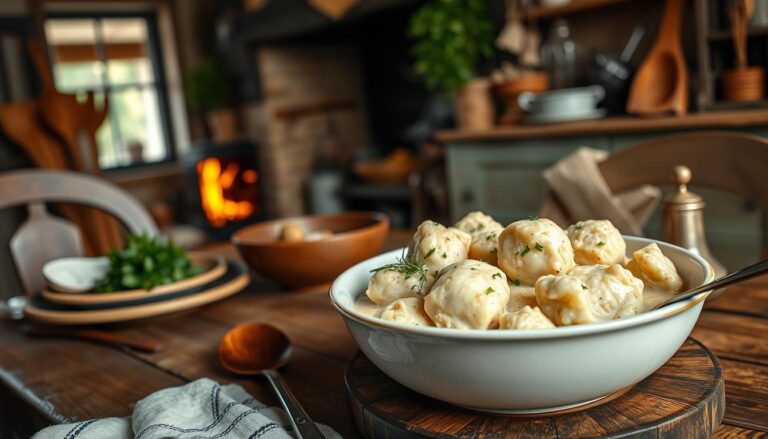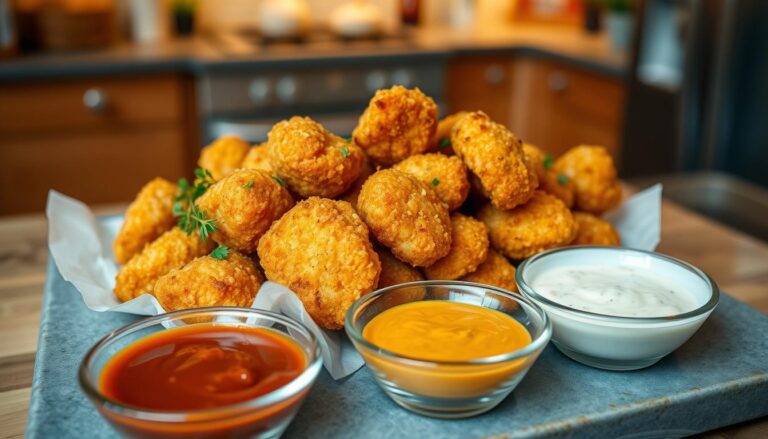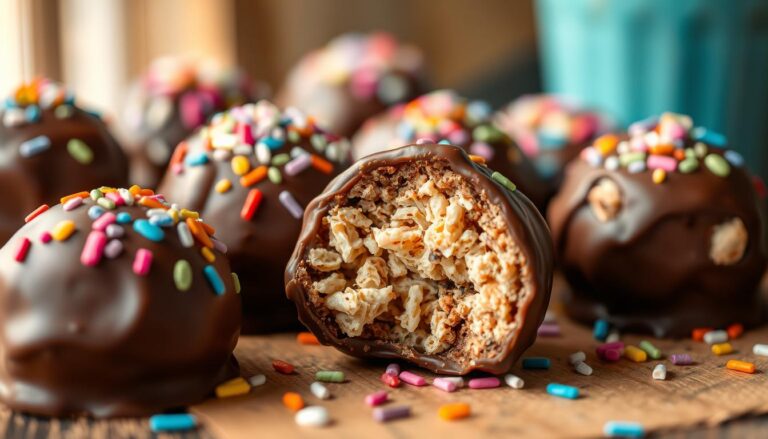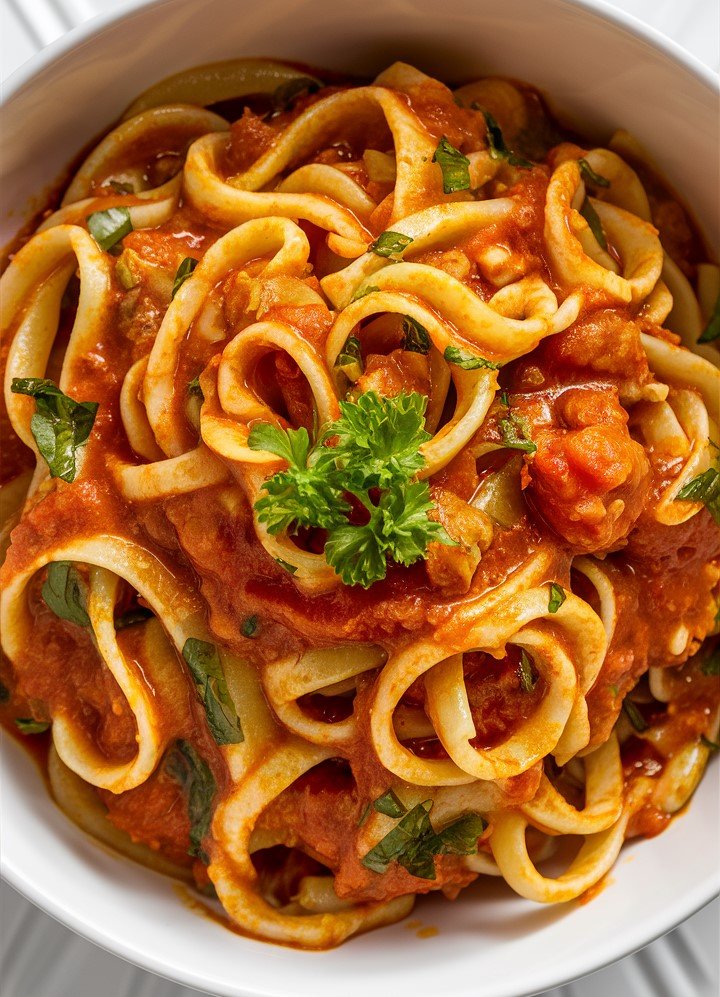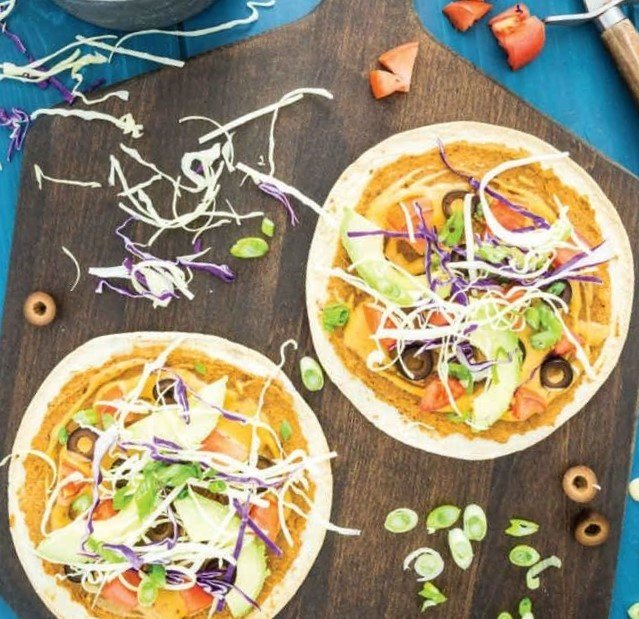Ultimate Pumpkin Cake Recipe: Moist, Flavorful, and Perfect for Fall Celebrations
Pumpkin cake is a quintessential fall dessert that perfectly captures the essence of the season. With its warm spices, rich pumpkin flavor, and creamy frosting, it’s no wonder that pumpkin cake has become a favorite treat for many. Whether you’re baking for a holiday gathering, a casual get-together, or just to satisfy your own sweet tooth, this cake is sure to be a hit.
In recent years, pumpkin-flavored desserts have surged in popularity, becoming a staple of autumn menus. From pumpkin spice lattes to pumpkin pies, the demand for pumpkin-flavored treats is stronger than ever. Among these, pumpkin cake stands out for its versatility and ease of preparation. It combines the comforting flavors of pumpkin pie with the soft, tender crumb of a classic cake, making it the perfect dessert for any occasion.
This guide will take you through everything you need to know to bake the perfect pumpkin cake at home. From understanding the history of pumpkin in desserts to mastering the essential recipe, you’ll gain the knowledge and confidence to create a cake that’s both delicious and impressive.
2. The History of Pumpkin Cake
Pumpkins have been a part of American cuisine for centuries, originally cultivated by Native Americans long before European settlers arrived. These hardy, versatile fruits were used in a variety of ways, from roasting and stewing to being incorporated into bread and cakes. However, it wasn’t until the 19th century that pumpkin desserts began to take on their modern forms.
Pumpkin pie, now synonymous with Thanksgiving, was one of the earliest and most popular pumpkin desserts. As baking techniques and ingredients evolved, so did the variety of pumpkin-based dishes. Pumpkin cake likely emerged as a way to enjoy the flavors of pumpkin pie in a more portable and versatile form. It allowed bakers to combine the richness of pumpkin with the light, airy texture of cake, creating a dessert that was both comforting and satisfying.
The rise of pumpkin-flavored desserts in modern times can be traced back to the introduction of canned pumpkin in the 1920s. This convenient product made it easier for home bakers to incorporate pumpkin into their recipes without the need for fresh pumpkins, which can be time-consuming to prepare. The advent of pumpkin spice—a blend of cinnamon, nutmeg, ginger, and cloves—further fueled the popularity of pumpkin desserts. Today, pumpkin cake is a beloved fall treat, enjoyed by millions of people each year.
Culturally, pumpkin has become a symbol of autumn, representing the harvest season and the comforts of home. Pumpkin cake, with its warm spices and rich flavors, perfectly encapsulates the spirit of fall, making it a staple at gatherings and celebrations throughout the season.
3. The Essential Pumpkin Cake Recipe
Now that we’ve explored the history of pumpkin cake, it’s time to dive into the recipe itself. This pumpkin cake is incredibly moist, flavorful, and topped with a luscious cream cheese frosting that takes it to the next level.
Ingredients:
For the Pumpkin Cake:
- 2 cups all-purpose flour
- 1 1/2 cups granulated sugar
- 1/2 cup brown sugar, packed
- 1 teaspoon baking soda
- 1 teaspoon baking powder
- 1/2 teaspoon salt
- 2 teaspoons ground cinnamon
- 1 teaspoon ground ginger
- 1/2 teaspoon ground nutmeg
- 1/4 teaspoon ground cloves
- 1/2 cup vegetable oil
- 1/2 cup unsweetened applesauce (or more vegetable oil)
- 4 large eggs
- 1 teaspoon vanilla extract
- 1 15-ounce can pumpkin puree (not pumpkin pie filling)
For the Cream Cheese Frosting:
- 8 ounces cream cheese, softened
- 1/2 cup unsalted butter, softened
- 3 cups powdered sugar
- 1 teaspoon vanilla extract
- Pinch of salt
Instructions:
-
Preheat the Oven:
- Preheat your oven to 350°F (175°C). Grease and flour a 9×13-inch baking pan, or line it with parchment paper for easy removal.
-
Mix Dry Ingredients:
- In a large bowl, whisk together the flour, granulated sugar, brown sugar, baking soda, baking powder, salt, cinnamon, ginger, nutmeg, and cloves until well combined. These spices are what give the pumpkin cake its characteristic warm and inviting flavor.
-
Combine Wet Ingredients:
- In another large bowl, whisk together the vegetable oil, applesauce, eggs, vanilla extract, and pumpkin puree until smooth. The combination of oil and applesauce keeps the cake moist, while the eggs provide structure.
-
Combine Wet and Dry Mixtures:
- Gradually add the dry ingredients to the wet ingredients, stirring until just combined. It’s important not to overmix the batter, as this can lead to a dense cake. Mix just until there are no streaks of flour remaining.
-
Bake the Cake:
- Pour the batter into the prepared baking pan and spread it evenly. Bake for 30-35 minutes, or until a toothpick inserted into the center of the cake comes out clean. The cake should be golden brown and spring back when lightly pressed.
-
Cool the Cake:
- Allow the cake to cool in the pan for about 10 minutes before transferring it to a wire rack to cool completely. Cooling the cake properly is essential to ensure that the frosting doesn’t melt when applied.
-
Make the Cream Cheese Frosting:
- In a large bowl, beat the softened cream cheese and butter together until smooth and creamy. Gradually add the powdered sugar, one cup at a time, beating well after each addition. Add the vanilla extract and a pinch of salt, and continue to beat until the frosting is smooth and fluffy.
-
Frost the Cake:
- Once the cake has cooled completely, spread the cream cheese frosting evenly over the top. You can use a piping bag to create decorative swirls or patterns if desired. The rich, tangy frosting pairs perfectly with the spiced pumpkin cake.
-
Serve and Enjoy:
- Slice the cake and serve. This pumpkin cake is perfect as a dessert for any fall gathering, or even as a sweet treat with your morning coffee.
Tips for Success:
- Pumpkin Puree: Be sure to use pure pumpkin puree, not pumpkin pie filling, which contains added sugars and spices. This allows you to control the sweetness and flavor of your cake.
- Room Temperature Ingredients: Bringing your eggs, cream cheese, and butter to room temperature before using them helps them mix more evenly, resulting in a smoother batter and frosting.
- Spices: Adjust the spice levels according to your preference. For a more intense flavor, add a bit more cinnamon or ginger. You can also experiment with other spices like cardamom or allspice for a unique twist.
4. Variations of Pumpkin Cake
One of the joys of baking is the ability to customize recipes to suit your tastes and dietary needs. This pumpkin cake recipe is no exception—there are plenty of ways to make it your own.
Pumpkin Chocolate Chip Cake:
For a delightful combination of flavors, try adding 1 cup of chocolate chips to the batter before baking. The rich, sweet chocolate pairs beautifully with the spiced pumpkin, creating a cake that’s both comforting and indulgent.
Pumpkin Nut Cake:
If you enjoy a bit of crunch in your cake, consider adding chopped nuts like pecans or walnuts to the batter. Nuts add texture and a nutty flavor that complements the pumpkin and spices. You can also sprinkle some nuts on top of the frosting for an extra decorative touch.
Pumpkin Spice Cake:
To enhance the spiciness of the cake, increase the amount of cinnamon, ginger, nutmeg, and cloves. You can also add a pinch of ground allspice or cardamom for a more complex flavor profile. This variation is perfect for those who love the warmth and depth of spice in their desserts.
Gluten-Free Pumpkin Cake:
For those with gluten sensitivities, this recipe can easily be adapted to be gluten-free. Substitute the all-purpose flour with a 1:1 gluten-free flour blend that contains xanthan gum. This ensures the cake maintains its structure and texture without compromising on flavor.
Vegan Pumpkin Cake:
To make the cake vegan, replace the eggs with flax eggs (1 tablespoon of ground flaxseed mixed with 3 tablespoons of water per egg) and use a dairy-free butter substitute for the frosting. You can also substitute the cream cheese with a vegan cream cheese alternative.
Different Frostings:
While cream cheese frosting is a classic choice for pumpkin cake, there are other delicious options to consider:
- Maple Frosting: Add a tablespoon or two of pure maple syrup to the frosting for a sweet, autumnal twist.
- Cinnamon Buttercream: Mix in a teaspoon of ground cinnamon into a standard buttercream frosting for a spiced flavor that complements the cake.
- Whipped Cream: For a lighter option, top the cake with freshly whipped cream and a sprinkle of cinnamon or nutmeg.
These variations allow you to experiment with flavors and textures, making each pumpkin cake you bake unique.
5. Troubleshooting Common Baking Issues
Even with the best recipe, baking can sometimes present challenges. Here are some common issues that can arise when making pumpkin cake, along with tips on how to fix or prevent them.
Sinking Cake:
If your cake sinks in the middle, it may be due to several factors. Overmixing the batter can incorporate too much air, causing the cake to rise too quickly and then collapse. To prevent this, mix the batter just until combined. Another reason for sinking could be opening the oven door too early during baking, which can cause a sudden drop in temperature. Resist the urge to peek until the cake is almost done.
Dry Texture:
A dry cake is often the result of overbaking. Be sure to check the cake for doneness with a toothpick or cake tester a few minutes before the end of the suggested baking time. If the toothpick comes out clean or with a few moist crumbs, the cake is ready. Additionally, ensure that you’re measuring your ingredients accurately—too much flour can lead to a dry cake.
Uneven Baking:
If your cake bakes unevenly, with some parts cooked more than others, it could be due to uneven heat distribution in your oven. Try rotating the cake halfway through baking to promote even cooking. Also, make sure that your oven is fully preheated before placing the cake inside.
Gummy or Underbaked Center:
A gummy or underbaked center can occur if the cake is not baked long enough or if the oven temperature is too low. Use an oven thermometer to ensure your oven is at the correct temperature. If your cake is browning too quickly on top but still underbaked in the center, cover it loosely with foil and continue baking until fully cooked.
By understanding and troubleshooting these common baking issues, you can ensure that your pumpkin cake turns out perfectly every time.
6. Serving and Pairing Suggestions
Pumpkin cake is a versatile dessert that can be enjoyed in various ways. Here are some serving suggestions and ideas for pairing it with complementary dishes and beverages.
Serving Ideas:
- Classic Slice: Serve a slice of pumpkin cake with a generous dollop of cream cheese frosting. For a festive touch, sprinkle some cinnamon or nutmeg on top.
- Layered Cake: If you’re making the cake for a special occasion, consider turning it into a layered cake. Bake the batter in two round cake pans and sandwich the layers together with frosting. Decorate the top with additional frosting and perhaps some candied pecans or a dusting of powdered sugar.
- Cupcakes: This recipe can also be used to make pumpkin cupcakes. Simply pour the batter into a lined muffin tin and bake for 18-20 minutes. Frost the cooled cupcakes with cream cheese frosting or any other frosting of your choice.
Pairing with Beverages:
- Coffee: Pumpkin cake pairs beautifully with a cup of coffee, especially a spiced or flavored variety like pumpkin spice or cinnamon coffee.
- Tea: For a lighter option, serve the cake with a cup of chai tea. The spices in the tea complement the flavors of the cake.
- Dessert Wine: For a more indulgent pairing, try serving the cake with a sweet dessert wine, such as a late-harvest Riesling or a Moscato. The sweetness of the wine enhances the flavors of the cake and frosting.
Complementary Dishes:
- Ice Cream: A scoop of vanilla or cinnamon ice cream served alongside a slice of pumpkin cake creates a delightful contrast of flavors and temperatures.
- Fruit Compote: A warm apple or pear compote makes a wonderful topping for pumpkin cake, adding an extra layer of autumnal flavor.
- Whipped Cream: For a lighter option, serve the cake with a dollop of freshly whipped cream and a sprinkle of cinnamon.
These pairing and serving ideas allow you to enjoy pumpkin cake in a variety of delicious ways, making it suitable for any occasion.
7. Storage and Preservation
Proper storage is key to maintaining the freshness and flavor of your pumpkin cake. Here’s how to store your cake to keep it at its best.
Room Temperature:
If you plan to consume the cake within a couple of days, you can store it at room temperature. Keep the cake in an airtight container or cover it with plastic wrap to prevent it from drying out. The cake should stay fresh for up to 2 days at room temperature.
Refrigeration:
For longer storage, refrigerate the cake. Place it in an airtight container and store it in the refrigerator for up to 5 days. Before serving, bring the cake to room temperature for the best texture and flavor.
Freezing:
Pumpkin cake freezes well, making it a great make-ahead dessert. To freeze, wrap the unfrosted cake tightly in plastic wrap and then in aluminum foil. Store the wrapped cake in a freezer-safe bag or container for up to 3 months. When you’re ready to serve, thaw the cake at room temperature, then frost and decorate as desired.
Reheating:
To refresh day-old or frozen cake, warm individual slices in the microwave for about 10-15 seconds. This will soften the cake and bring out its flavors. If reheating a whole cake, you can place it in a preheated oven at 300°F (150°C) for about 10 minutes.
These storage tips ensure that your pumpkin cake remains moist and flavorful, whether you’re serving it fresh or saving it for later.
8. The Science Behind Baking Pumpkin Cake
Baking is as much a science as it is an art, and understanding the role of each ingredient can help you achieve the perfect pumpkin cake.
Pumpkin Puree:
Pumpkin puree adds moisture and flavor to the cake, making it tender and rich. It also contributes to the cake’s structure, thanks to its natural fibers. The moisture from the pumpkin helps create a soft crumb, while its dense texture provides body to the batter.
Eggs:
Eggs play a crucial role in the structure of the cake. They provide stability and help the cake rise by trapping air during the mixing process. The proteins in eggs also help bind the ingredients together, creating a cohesive batter.
Flour:
Flour provides the bulk of the cake’s structure. The gluten in flour forms a network that traps air bubbles, allowing the cake to rise. In gluten-free variations, a combination of gluten-free flours and binders like xanthan gum or psyllium husk can replicate this effect.
Spices:
The spices in pumpkin cake—cinnamon, ginger, nutmeg, and cloves—are not just for flavor; they also contribute to the overall experience of the cake. Spices enhance the sweetness of the cake and create a warming sensation that’s characteristic of fall desserts.
Fats:
The combination of vegetable oil and applesauce in this recipe provides moisture and tenderness to the cake. Oil creates a moist crumb by coating the flour proteins, preventing them from forming too much gluten, which would make the cake tough.
Understanding these scientific principles helps you appreciate why each ingredient is important and how they work together to create the perfect pumpkin cake.
9. Conclusion
Pumpkin cake is more than just a dessert—it’s a celebration of fall flavors and the comforting warmth of home-baked goods. With its rich pumpkin flavor, warm spices, and creamy frosting, this cake is a must-bake for any autumn gathering. Whether you’re serving it at a holiday dinner, a casual get-together, or simply enjoying a slice with your morning coffee, pumpkin cake is sure to bring joy and satisfaction to those who taste it.
This guide has provided you with everything you need to know to bake the perfect pumpkin cake, from understanding its history to mastering the recipe and troubleshooting common issues. You’ve also learned how to customize the cake to suit your tastes and dietary needs, as well as how to pair it with complementary dishes and beverages.
Now it’s time to roll up your sleeves and get baking. Whether you stick to the classic recipe or experiment with new flavors, you’re sure to create a pumpkin cake that’s delicious, moist, and full of autumnal charm. Enjoy the process, and most importantly, enjoy every bite!

